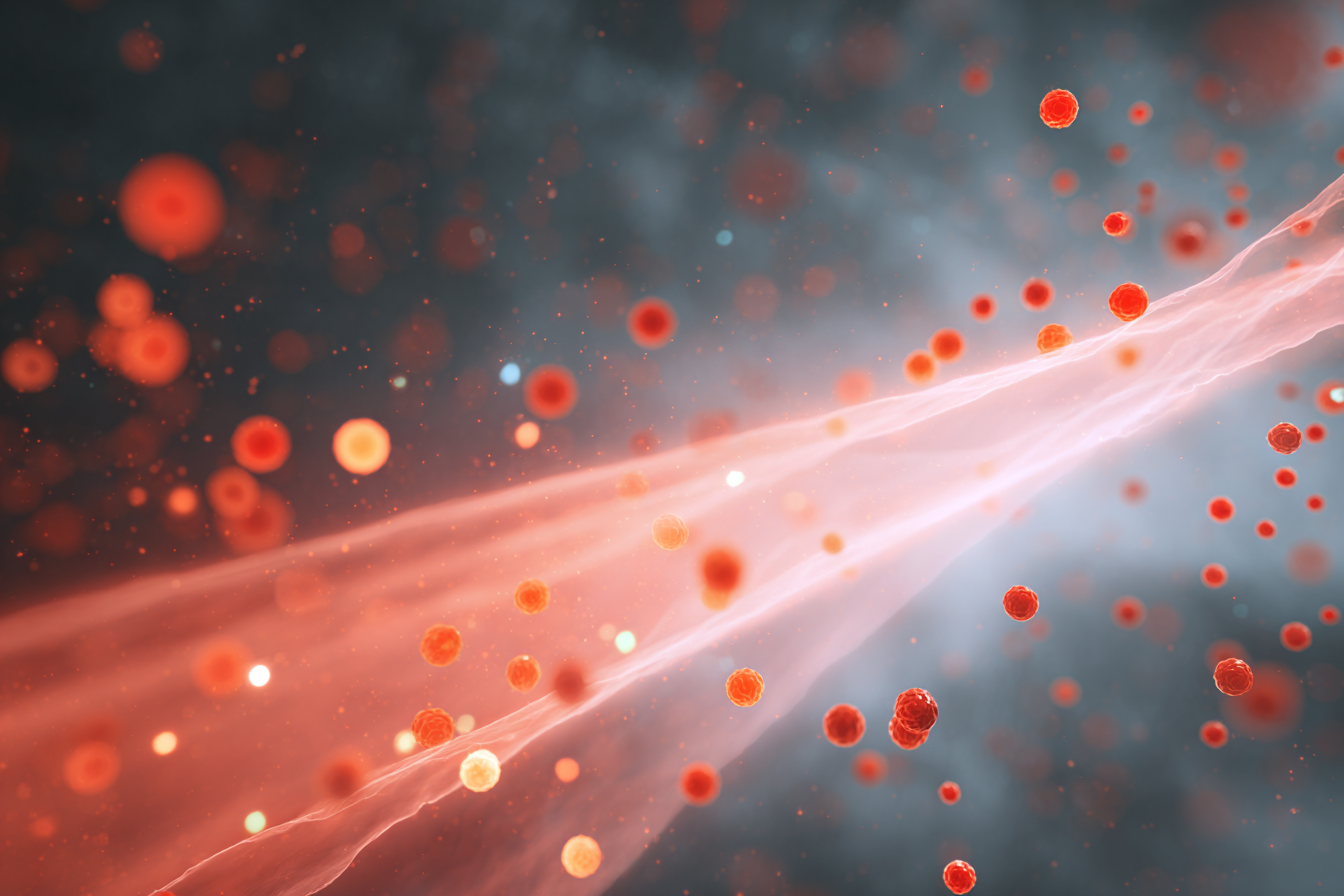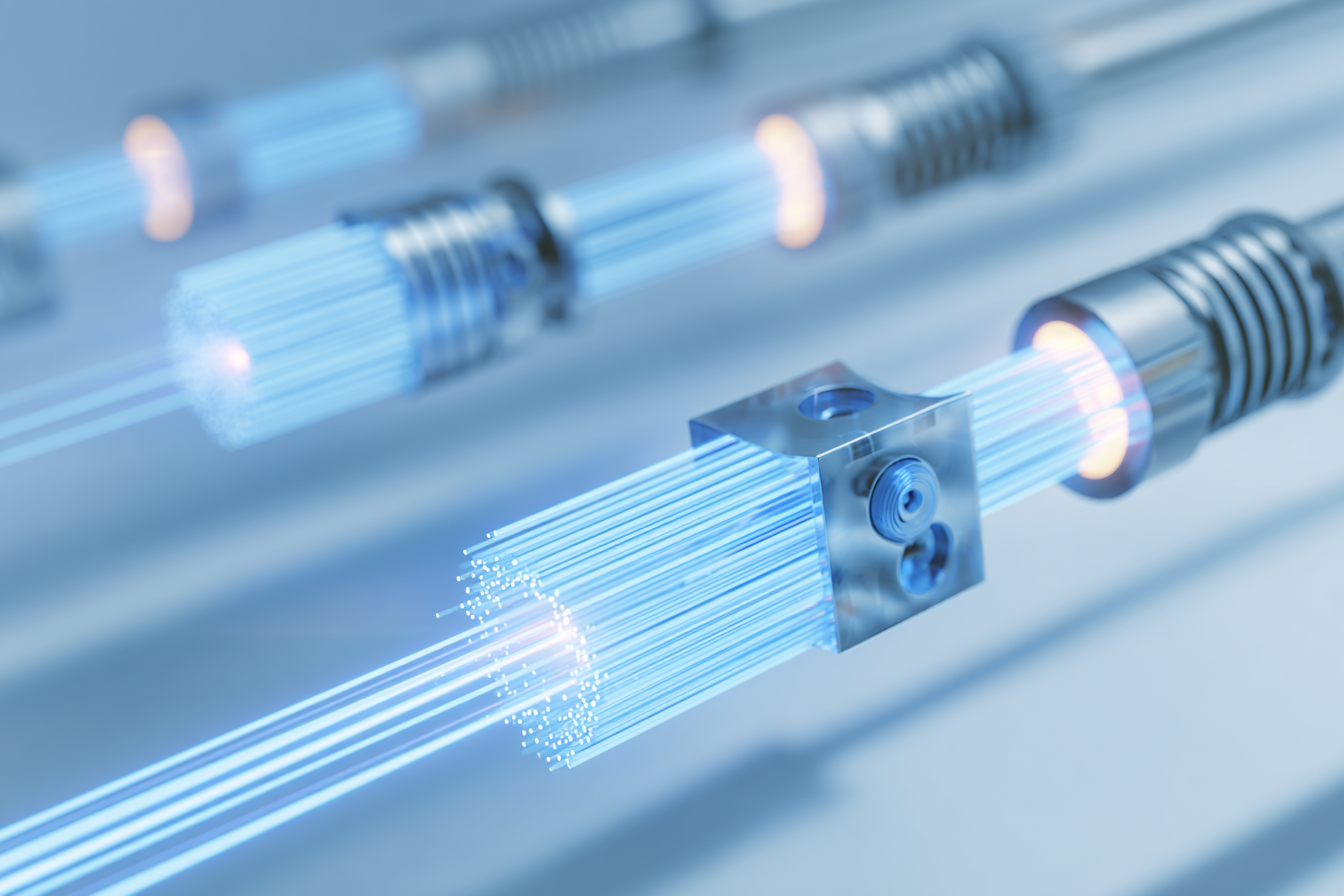Fiber laser technology has proved to be an effective instrument in various fields and applications. In science, fiber laser systems are applied in medicine, biology, micromachining, and more. Fiber lasers are often the best solution for engineers and researchers in project development.
The main characteristics of fiber laser systems
High beam quality, performance, and power efficiency have helped fiber lasers to gain wide use in scientific and biomedical studies. They provide an ultra-narrow linewidth and reliable operation thanks to the short cavity length and phase-shifted design.
Advantages of single-frequency fiber lasers
Single-frequency fiber lasers are suitable for various applications due to a wide frequency and wavelength range. These include optical trapping and atom cooling. Other parameters such as compact size and low noise allow their use in interferometric sensing.
Engineers and scientists continue to look for new opportunities for fiber lasers and develop more advanced technologies.
Types of fiber lasers by parameters
Fiber laser systems can be classified in many ways, but certain parameters play a crucial role in operation.
Key parameters
Laser power. High-power fiber lasers provide more energy and operate faster than low-power lasers. Power is measured in watts.
Mode. This parameter relates to the fiber core size. Single-mode fiber lasers have a smaller core diameter, transmit light efficiently, and provide better beam quality. Multimode lasers have a larger diameter compared to single-mode ones.
Laser source. Fiber lasers differ by the doped material of the laser source: thulium, erbium, ytterbium, etc. Each has specific wavelengths and applications.
Operating mode. Fiber lasers differ by the way the beam is released: continuous-wave or pulsed. Pulsed lasers generate short bursts at a set repetition rate. Continuous-wave lasers emit a steady beam with constant energy.
Fiber lasers for science
Fiber lasers are a unique technology suitable for many scientific applications. Laser modules are widely used in biophotonics, multiphoton microscopy, neuroscience, etc. Since their creation, fiber lasers have been applied in astronomy, physics, biology, chemistry, and more.
Ultraprecise fiber laser technology covers many medical and scientific fields where they are already used or have strong potential, such as:
- High-energy physics;
- Attosecond science;
- Ultrafast X-ray science;
- High harmonic generation;
- Femtosecond chemistry.
Ultrafast pulse fiber lasers enable research in multiple fields. Mid-infrared fiber lasers allow analysis of tissue biochemical content.
Fiber lasers for SFG spectroscopy
One application of fiber laser systems is SFG spectroscopy, which provides molecular-level data on structures and groups by studying atomic vibrations.
Advantages of SFG spectroscopy
This technology outperforms traditional methods due to vibrational specificity and surface sensitivity. Beam quality is critical as it generates the SFG signal. Spectrometers allow precise vibrational studies, making SFG spectroscopy valuable in chemistry, biochemistry, physics, and materials science.
New approach for fiber lasers in plasma physics
In plasma physics, scientists recently proposed using high-power fiber lasers with laser-plasma accelerators.
Fiber lasers are fast and compact, enabling smaller, well-controlled accelerators for high-energy physics and biomedical applications. Researchers plan to use intense beams of gas to generate plasma waves.
Ultrafast fiber lasers for optogenetics
Fiber lasers are also applied in optogenetics, a field of biophotonics. This approach has created new opportunities for brain research, allowing the study of neural activity in specific cells. These studies may lead to treatments for neurological and psychiatric disorders.
The concept is to explore neural networks using fiber lasers. Light is used to activate or inhibit neuron signaling. Fiber lasers provide the required beam quality and modulation. They are also compact and cost-effective, making them easy to use.
Fiber lasers offer advantages over other types, leading to growing applications in science. Over the years, they have achieved rapid progress and enabled modern innovations, showing excellent physical properties.



